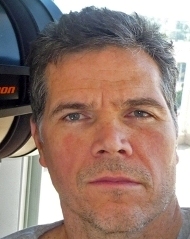Project: Storm&Sanitary Certification and Training
Client: City of San Diego
Primary Collaborator: Phyllis Chapin (City of San Diego)
Work Scope: Software Acceptance, Training Program Development, Software Implementation and Rollout
1999-2000
InSewer was built on a Unix CAD platform with a standalone (runtime) Relational Database. It was good for its time, but it was complex. InSewer NT was a porting from Unix to Windows, but it was not an algorithm-rewrite. InRoads Storm&Sanitary carried forward a lot of methodologies we developed in InSewer, but it was a new product on a fundamental level. Representing the City, I worked with my old boss at Intergraph, Steve Stanfill, for the first time since 1993. If he wasn't actually writing code, he was deep enough in it as we worked the bugs out of the new software. I also returned to Huntsville, AL for the first time since leaving Intergraph to represent the City's interests at the InRoads Steering Committee meetings.
I also worked with Leslie Small, who was lead coder for Storm&Sanitary and met her and Pat Callahan, both of Bohannan Huston (BHI) at an IGUG (1999?) event at the Space Center. I would do quite a bit of InRoads Consulting work with BHI a couple of years later.
Through much testing and collaboration with Intergraph, we got InRoads Storm&Sanitary certified for City acceptance. I set up the software settings per City Standards. I wrote another round of training for new software.
At this point I had made plans to train InRoads and Storm&Sanitary nationally. I committed to teaching the first four or five classes and "training the trainers".
Five years, three major software versions, 200 users.
